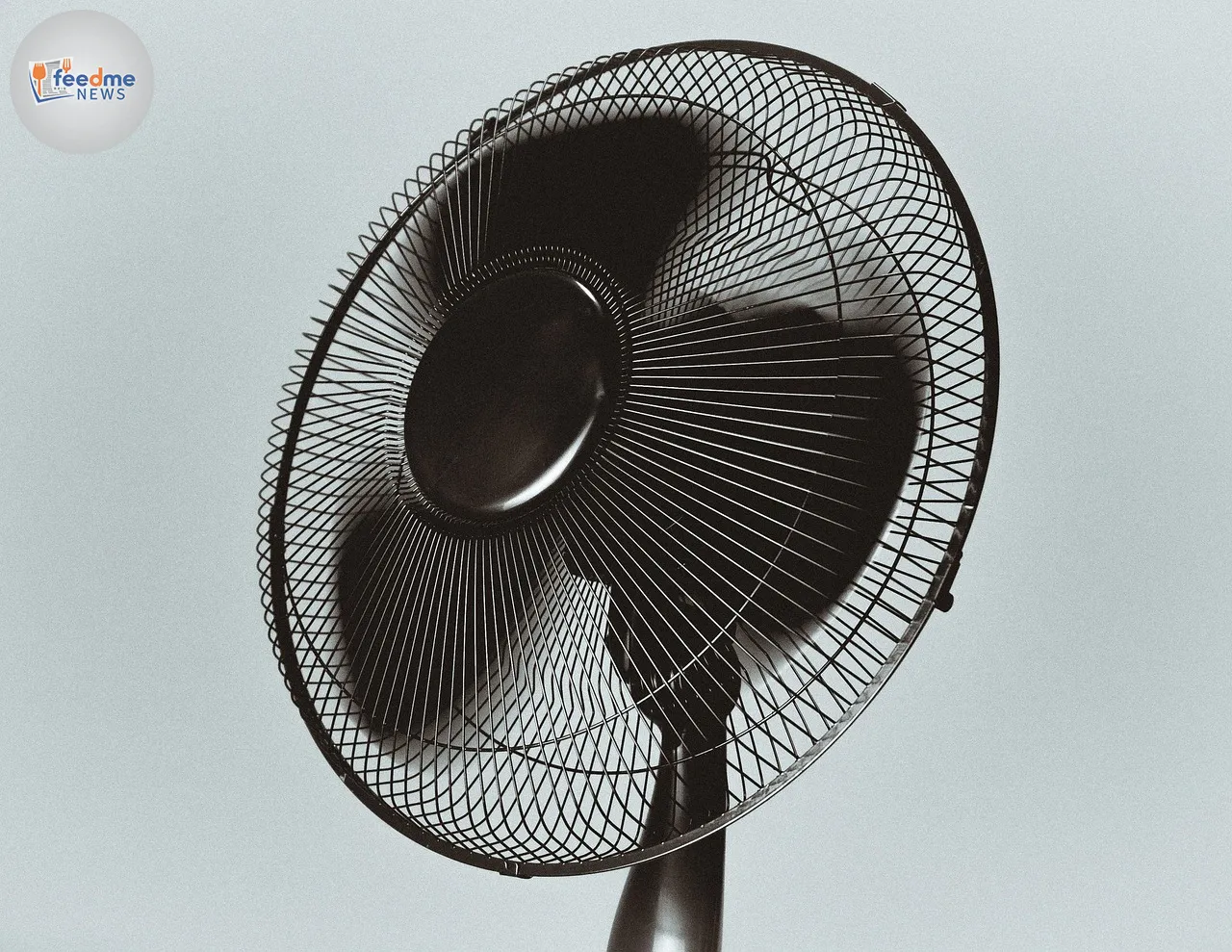A fresh review from BobVila.com puts smart outdoor lights in the spotlight for 2025, highlighting products that aim to make gardens, patios, and porches brighter, safer, and easier to control. The team says it “tested some of the market’s top smart outdoor lights,” noting that today’s options add functional and decorative illumination and offer simpler control than ever. The new guide lands as households look to upgrade outdoor spaces for darker evenings and the festive season, and as smart home standards mature. For buyers who want to mix ambience with security and lower energy use, the round-up offers timely direction on what to consider and how to choose.
The review signals how far outdoor lighting has moved beyond basic fittings. App control, voice commands, schedules, and scenes now sit alongside weatherproof housings and energy?saving LEDs. The result is a market that caters to different needs: from pathway safety and driveway visibility to party-ready garden colour and subtle architectural highlights. BobVila.com’s editors pitch their testing as a shortcut for readers who want trusted picks without wading through countless listings.

The piece appeared online on Monday, 17 November 2025 at 20:52 Eastern Time (US), published on BobVila.com. The review focuses on smart outdoor lighting and how it serves porches, patios, and gardens.
Inside the new BobVila.com round-up
BobVila.com, the long?running home improvement resource, has published a 2025 buyer’s guide to smart outdoor lights. In the post, the editors state they “tested some of the market’s top smart outdoor lights” and emphasise two benefits: useful and decorative lighting, and easier control for daily use. The focus matches a clear shift in the category. Consumers want lighting that feels simple to run, looks good, and works reliably in all weather.
The guide underlines use cases many households face: lighting the front path, layering soft light on a terrace, uplifting planting, or adding colour for events. Its emphasis on ease of control reflects how people now expect lights to follow a routine, respond to a voice command, or react to presence.
Why smart outdoor lighting keeps rising
Smart outdoor lighting rides on three trends: security, convenience, and design. Homeowners want lights that switch on when someone approaches, follow a schedule while they are away, and add character without wasting power. As more people adopt smart speakers and phone?based assistants, lighting becomes the next simple upgrade that ties into daily habits.
Outdoor spaces also work harder than before. Patios and gardens double as living rooms and work zones in spring and summer. Well?designed lighting extends that use into the evening, and smart control helps dial in the right tone for dinner, reading, or a quiet end to the day. As LEDs last for years and use less energy than older bulbs, buyers can add more light without a large rise in running costs.
Features that matter outside: brightness, colour, and weatherproofing
Brightness and beam aim shape how a light performs outdoors. Manufacturers express brightness in lumens. Wider beams suit patios and driveways, while narrow beams pick out trees, walls, or statues. Many smart outdoor fixtures let you tune colour temperature from warm white to cool white to match the task. Some add full?colour LEDs for scenes and seasonal displays.
Durability is just as important. Outdoor lights need an Ingress Protection (IP) rating that matches their placement. Buyers often look for IP65 or higher for exposed areas, which guards against dust and water jets, while IP44 may suffice under eaves. Housing materials and seals must handle rain, UV, and temperature swings. Quality fittings also route water away from electronics and use corrosion?resistant screws and brackets.
Controls and ecosystems: apps, voice, and the move toward Matter
Most smart outdoor lights connect to an app that sets schedules, scenes, and automations. Many support voice control through Amazon Alexa, Google Assistant, or Apple’s Siri, which lets you switch zones on and off without reaching for a phone. Routines that tie sunset and sunrise to lighting prove popular because they track the seasons automatically.
Connectivity varies. A large share of devices use 2.4 GHz Wi?Fi, which travels farther than 5 GHz but needs good coverage at the edge of a property. Others rely on Bluetooth, low?voltage controllers, or mesh protocols like Zigbee and Thread. Some newer models support Matter, a cross?brand standard designed to make devices work together more easily. Buyers who want a simple, stable setup often choose products that fit the platform they already use.
Power and installation: mains, low?voltage, or solar
Power type sets the tone for installation. Mains?powered fixtures suit permanent spots, such as wall lights by a front door. Low?voltage systems, often 12V, give flexibility for path lights and spotlights with fewer electrical risks. Solar units offer the easiest setup because they do not require wiring, but their performance depends on panel placement and sunlight.
Safety rules differ by country, but the basics hold. Use fittings and junction boxes rated for outdoor use, keep connections off the ground, and protect cables from damage. In the UK, outdoor circuits should use RCD protection and suitable weatherproof sockets. In the US, GFCI outlets and listed weather?resistant hardware are standard. When in doubt, consult a qualified electrician, especially for new mains runs or hardwiring.
Security and privacy: motion, presence, and data control
Security remains a top driver for smart lighting. Many systems can link lights to motion sensors, doorbells, or cameras to deter intruders and light the way for residents. Timers and randomised schedules can make a home look occupied during holidays. Brighter, well?placed light also cuts trip risks and improves visibility for deliveries.
Connected products process data to run automations and remote control. Buyers who value privacy often prefer options that allow local control, store as little data as possible, and make permissions clear. Good app design helps users see and adjust what the device shares, and firmware updates help fix bugs and improve security over time.
Getting the most from smart outdoor lights
Planning pays off. Map zones—front path, driveway, patio, lawn—and decide what each area needs. Mix layers: softer light for social spaces, brighter light for task areas, and focused beams for features. Use dimming and colour temperature to switch from warm evening tones to crisper light for work or cleaning. Automations that follow twilight, presence, or a door opening can cut wasted energy and add convenience.
Networking matters outdoors. If Wi?Fi struggles at the garden edge, consider moving the router, adding a mesh node, or choosing products that use a hub with longer range. Check that your smart platform can reach the lights without delay, and test voice commands you plan to use often. Keep firmware up to date to improve reliability, especially before winter weather sets in.
A timely guide as shoppers weigh end?of?year upgrades
The timing of the BobVila.com round?up aligns with early winter priorities. Shorter days push lighting up the to?do list, while many households refresh decor and plan gatherings. Late November also brings sales activity, and retailers often discount smart home gear as the season begins. A clear list of tested options can help buyers compare features and avoid mismatches in power, compatibility, or coverage.
By centring on ease of control and practical design, the guide reflects what mainstream buyers want. Lights should look good, stand up to rain and frost, and respond quickly when you ask them to turn on. That baseline now





